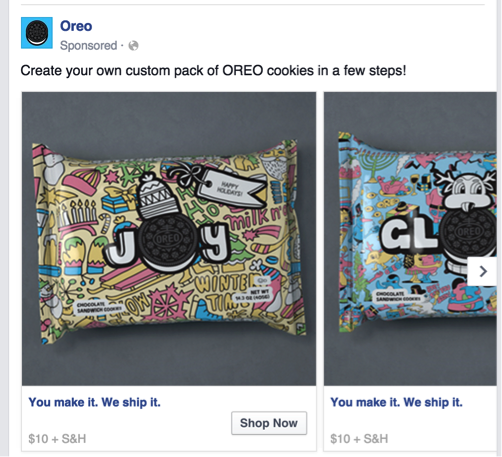Hi there!
Wanted to share a blog post I originally wrote for my agency, Barkley, back in September about Snapchat versus Instagram:
Snapchat has been on a winning streak since its launch back in 2011. From Stories in 2013, to location filters in 2014, to Discover in 2015, the platform has seen nothing but success. Brands took notice quickly, and eventually rival social platforms were forced to take notice, as well. Snapchat reported 7 billion daily video views in January of this year, while social giant Facebook reported 8 billion daily video views around the same time. After a long reign as founder of the #1 social platform, Mark Zuckerberg became nervous. And rightfully so. Snapchat was scooping up the younger users that Facebook was losing, and ad dollars depended on that demographic. Facebook even attempted to buy Snapchat for $3B from founder Evan Spiegel, but was unsuccessful.

Facebook-owned Instagram has so far been the saving grace for Zuckerberg, especially regarding the millennial demographic that uses it. Searchability and a focus on aesthetically-pleasing, aspirational content helped propel Instagram to the top alongside Facebook, with Instagram now citing as many as 300M daily active users. And with the recent release of Instagram Stories, Zuckerberg is one step closer to beating Snapchat – and Spiegel.
Instagram Stories, a recently-released Instagram feature, enables users to easily share photos and videos which auto-delete after 24 hours, unless users choose to showcase them on the profile permanently. It’s very similar to the Snapchat platform, but more open in terms of user discovery. With higher follower numbers typically seen on Instagram than on Snapchat, the Instagram Stories feature is primed for success.
It’s been cited that when Nike used Instagram Stories, the brand generated more than 800,000 views in a single 24-hour period. When compared to their 60.4 million followers on the platform, that doesn’t sound so impressive. But compared to Nike’s Snapchat stats, where the brand’s top performing video only received 66,000 views, 800K is notable. Not to mention, those 800,000 views were received on the first day of the feature’s release.
Snapchat’s consistent difficulty, through all of those wins and feature releases, revolves around restrictions in growing the user base and interactions between users. With a closed platform build of users needing a phone number, username or snapcode to add friends or brands, the level of discovery is unfortunately low, and this could come back to bite them. The ability to add people nearby doesn’t add much to this, either. While the purposes of the platforms are all different, and people are generally not yet conditioned to reach for Instagram rather than Snapchat when posting in-the-moment, the social sphere changes very quickly and Snapchat will need to evolve their platform to keep up.



